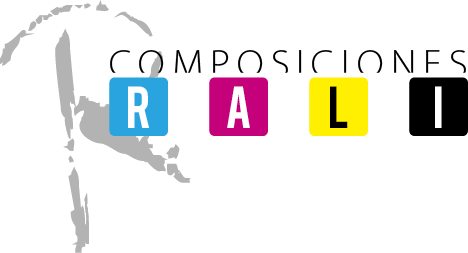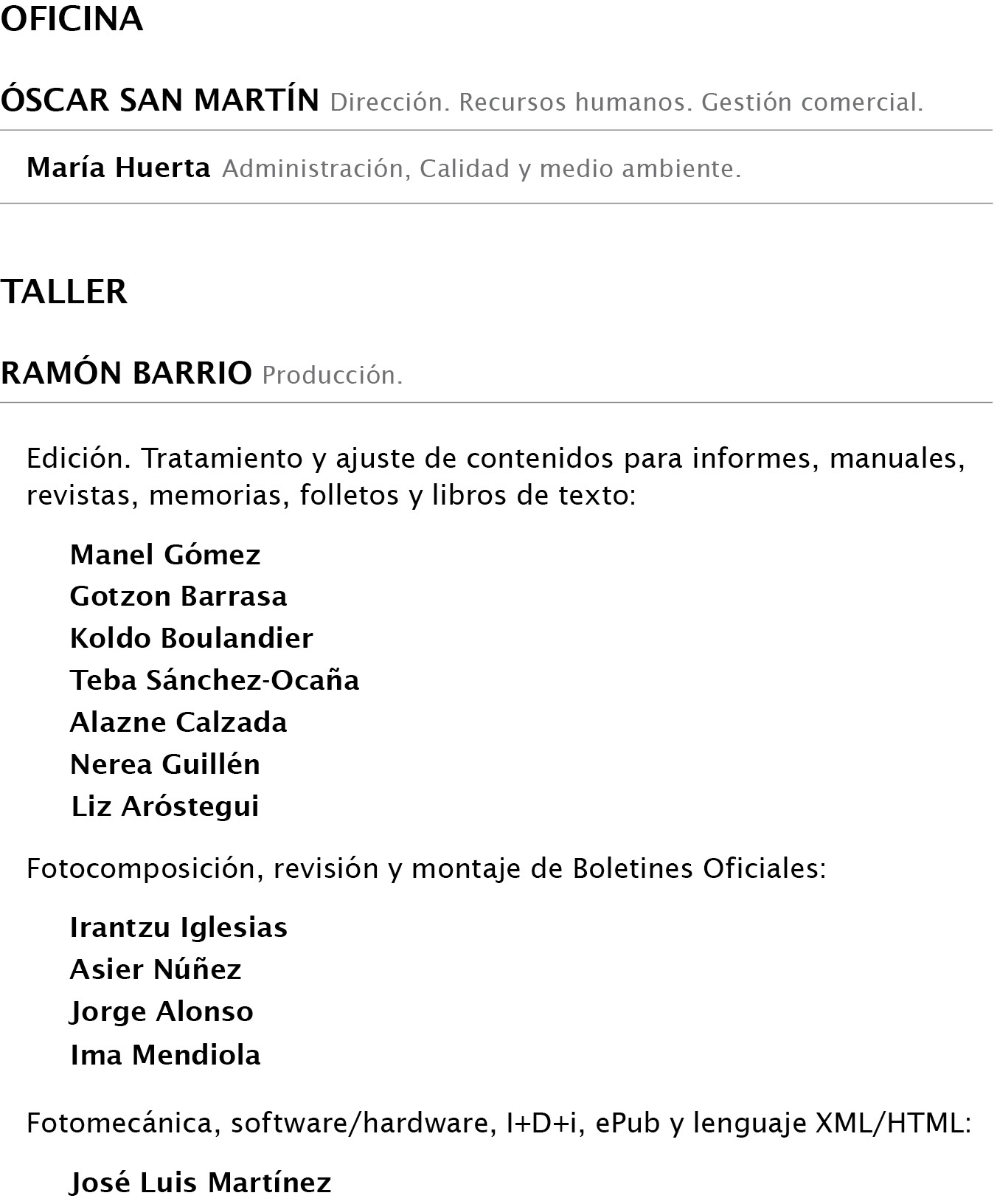The origins and José Antonio San Martín.
Composiciones Rali was set up in 1962 in Bilbao, thanks to the combination of a local wealthy family’s investment and the profession of Arturo Ruiz, a linotypist from the first typesetting company in the north of the country, Cometit from Pamplona.
At the same time, José Antonio San Martín successfully completed his vocational training in Madrid. With a qualification as a typesetting technician and a year’s training in representative companies in the sector in the capital (Héroes, ABC, Estades, Bermejo and Pablo López), he landed in Bilbao in December 1963 at the age of 19, and started working in La Gaceta.
He combined his night shift with an afternoon job paid by the hour in a company called Composiciones Rali. However he soon started to see an opportunity in supplying to printers and started up Josan with a very old linotype machine rented from Boston in Barakaldo.
Towards the end of 1964, Composiciones Rali crossed his path again, now located in new facilities in Particular de Costa Street. This time it was permanent, despite his imminent departure for the military service.
After graduating and returning to the company at the head of the workshop, he soon saw his independence limited by the active presence of the family owners. Finally, they decided to sell him the company in view of the inevitable separation, offering him long term payment facilities. Rali had four linotype machines running 24 hours over three shifts.
Composiciones Rali.
Over the following 30 years, José Antonio San Martín proved to have an extraordinary ability to react when faced with problems and attracting clients and projects which have provided a large and continuous volume of work, such as, at different times, the UNED, the Congreso Mundial Vasco, Fundación Mapfre or the publishing house CISS and the digitalization of judgements for La Ley.
Rali is the protagonist of our graphic history, a constant reference and pioneer of phototypesetting in the 70’s and 80’s and desktop publishing in the 90’s. It has been present in the whole country thanks to branches in Pamplona, Seville, Valencia and Madrid, to provide an on-site service to large clients. It is also the mother Company of the photomechanical Tratex, originally focused on promotional and advertising products, with Rali specializing in the publishing market.
Phototypesetting.
The introduction of the new phototypesetting systems was gradual. It started with electro-mechanics in 1971 with an optical lens system to expand the body of the types and titles. The strong and prolonged investment is compensated thanks to the fact that Rali successfully lengthens the life of its linotype machines.
Electronic phototypesetting appeared in the mid 1970’s, equipped with automatisms and was therefore quick and reliable. On different media, from punched tape to magnetic tape, with diskettes for data storage. The different systems appeared in five year cycles, with specific imagesetters: Photon, M system, Berthold, Pentax and 8000 system.
The most advanced systems included automatic layout and Rali did not take long to take the leap to Desktop publishing. Initially it was a market limited to professionals, until Adobe PostScript technology applied to the Apple Macintosh system made it accessible to the average user.
21st Century. Full prepress: Text and image.
José Antonio San Martín retired in 1999. He rejected an offer from the Zeta Group who were interested in the European portfolio and reached an agreement with his trusted staff to provide continuity.
Before that, in 1996, Rali started working with the newly established Publications Office of the European Union under the guidance of the Sales Manager Evelio González. To overcome the stigma of the Southern countries, we had to conform to the Quality Management Regulations UNE-EN ISO 9001. Rali was the first Spanish Company in the sector to do so and it is currently the only Spanish graphic provider of the European Union. It is the official European market with its healthy margins which compensates for the saturated national market.
In 2005, Rali was the awardee of the auxiliary phototypesetting of the Official Gazette of Biscay, a tender which was renewed four years later and ensures a monthly income which is key for us in these last difficult years.
Despite the painful and costly restructuring, Rali has not given up. We are not just waiting. In fact, now we have a great opportunity as there aren’t any companies left with the expertise and potential demanded by publishing houses, nor with the service culture needed by the Public Administration.
Since January 2014, the Official State Gazette Agency and Wolters Kluwer have provided constant orders to our machinery room, located in the same building in one of the few industrial streets in the centre of Bilbao to which Composiciones Rali moved to 50 years ago.





